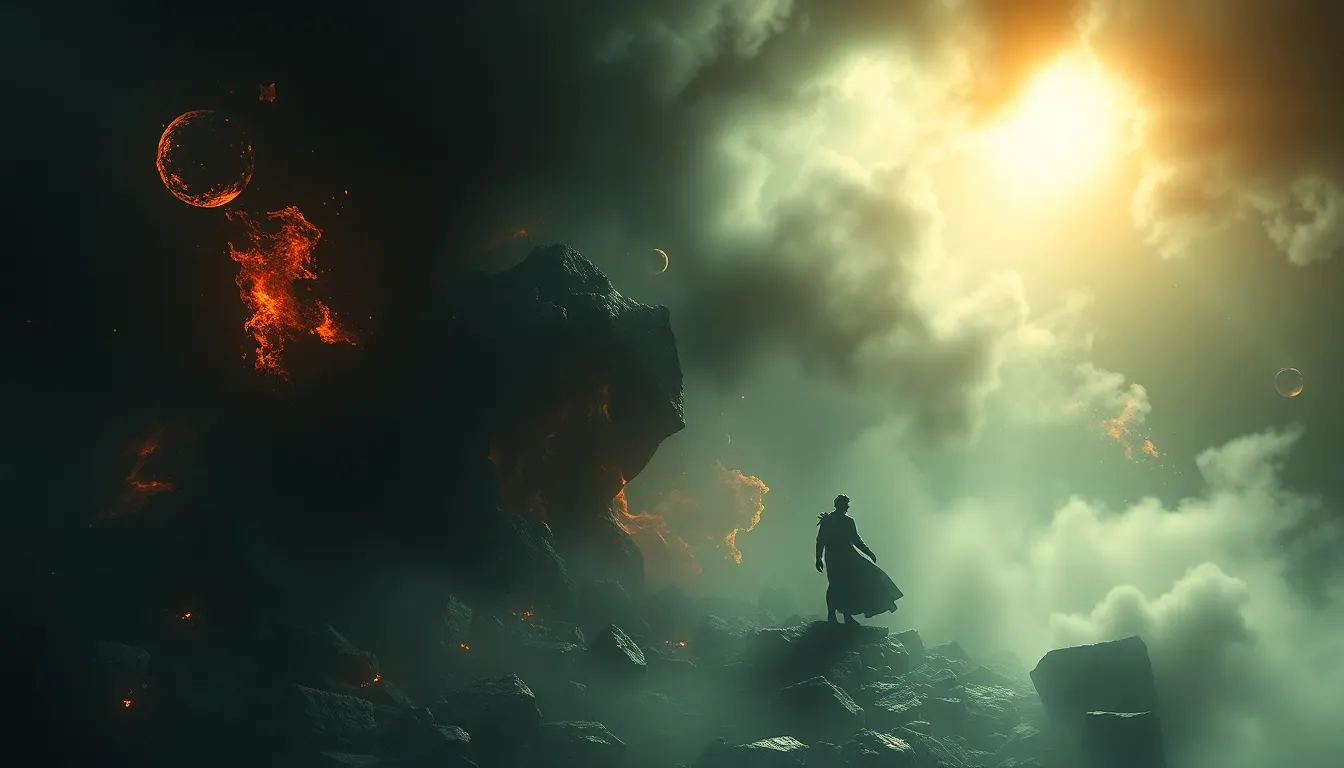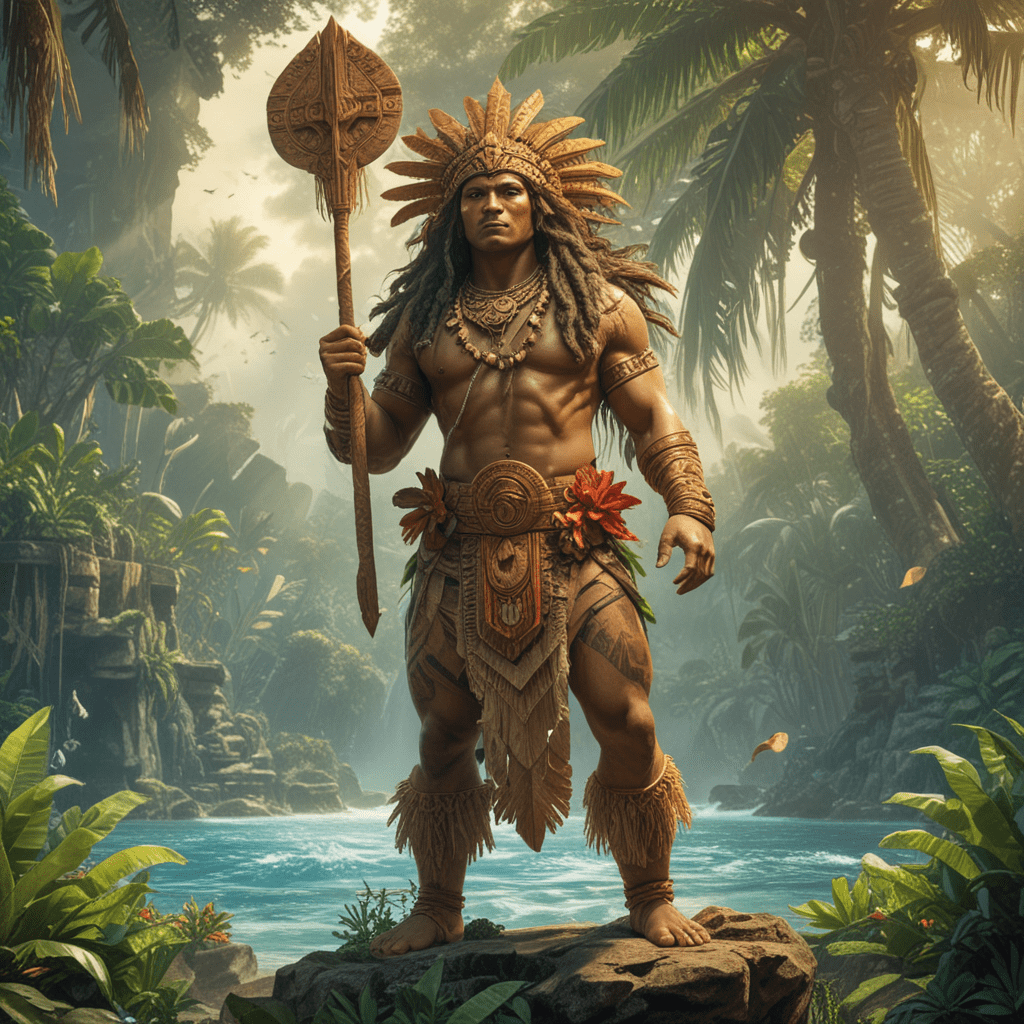The Mythological Caves of Ancient Persia: A Journey into Legend and Lore
1. Introduction
In the tapestry of ancient Persian mythology and folklore, caves hold a significant place, serving as both sacred sanctuaries and enigmatic realms brimming with magical tales. These subterranean worlds have captured the imaginations of storytellers and artists for centuries, leaving an indelible mark on Persian literature, art, and architecture. From the legendary Cave of Fars to the enigmatic Cave of Bisotun, these caverns offer a glimpse into the rich cultural heritage of Persia, blending myth, history, and adventure in equal measure.
2. The Cave of Fars
Nestled amidst the rugged mountains of the Fars province, the Cave of Fars stands as a testament to the region's ancient past. Steeped in sacred significance, this cave has been revered for millennia as a place of pilgrimage and spiritual retreat. Legends whisper of Zoroaster, the revered prophet of Zoroastrianism, seeking refuge within its depths, while tales of the mythical simurgh, a benevolent bird of wisdom and healing, grace its walls. The cave's natural beauty, with its intricate rock formations and shimmering pools, further enhances its allure, inviting visitors to delve into a world steeped in ancient wisdom and mystical charm. Archaeological discoveries within the cave have uncovered remnants of ancient rituals and offerings, providing tangible evidence of the cave's enduring role as a sacred site.
3. The Cave of Mount Damavand
Looming over the Iranian landscape, Mount Damavand, the nation's highest peak, harbors a legendary cave within its depths. This subterranean realm is inextricably linked to the myth of Zahhak, a tyrannical demon king who was imprisoned within its confines. The heroic figure of Rostam, a legendary warrior, features prominently in this tale, recounting his epic battle with Zahhak, ultimately sealing the demon's fate within the cave's depths. The cave's association with Zahhak has imbued it with a sense of foreboding and mystery, further solidifying its place in Iranian folklore. Interestingly, the cave also holds significance in the context of Nowruz, the Iranian New Year festival, symbolizing the triumph of good over evil and the promise of a new beginning.
4. The Cave of Kuh-e Khorheh
The Cave of Kuh-e Khorheh, nestled within the Zagros Mountains, resonates with the echoes of ancient myths and legends. The captivating tale of Bahman, a valiant hero, and his confrontation with a formidable dragon unfolds within its depths. This epic battle, where Bahman emerges victorious, has become a cornerstone of Persian mythology, celebrating courage and resilience. The cave's association with treasure further amplifies its allure, sparking imaginations of hidden riches and untold secrets waiting to be discovered. Archaeological investigations hold the potential to unveil further insights into the cave's history, potentially revealing artifacts or inscriptions that shed light on its role in ancient Persian society.
5. The Cave of Bisotun
The Cave of Bisotun, etched into the towering cliffs of Mount Bisotun, stands as a testament to both history and mythology. Within its depths lies the renowned inscription of Darius the Great, a monumental record of the Achaemenid Empire's conquests and achievements. This inscription, a masterpiece of ancient art and calligraphy, has earned the cave a place on the UNESCO World Heritage List, recognizing its global significance. Throughout history, the cave has served as a refuge for various rulers and religious figures, adding further layers to its rich tapestry. Its strategic location and natural defenses made it an ideal sanctuary, underscoring its enduring importance as a place of shelter and refuge.
6. The Cave of Karaftu
The Cave of Karaftu, nestled amidst the rugged landscape of the Zagros Mountains, holds a special place in Persian mythology, forever intertwined with the legendary hero Rostam. This enigmatic cave serves as the backdrop for tales of hidden treasures and mythical creatures, further captivating the imaginations of those who dare to delve into its depths. The cave's association with Rostam, a symbol of courage and strength, further elevates its status as a place of adventure and wonder. Archaeological investigations hold the potential to unveil further insights into the cave's past, potentially revealing artifacts or inscriptions that shed light on its role in ancient Persian society, potentially unearthing evidence of ancient rituals or settlements that may have flourished within its confines.
7. The Cave of Chal Nakhjir
The Cave of Chal Nakhjir, renowned for its unique geological formations and breathtaking natural beauty, has captivated visitors for centuries. This subterranean wonderland, adorned with intricate stalactites and stalagmites, offers a glimpse into the Earth's hidden wonders. The cave's association with Zoroastrian rituals and beliefs adds another layer of significance, suggesting its potential role as a place of spiritual retreat and contemplation. Archaeological discoveries within the cave could potentially shed light on ancient Zoroastrian practices, offering valuable insights into this ancient religion's rituals and beliefs.
8. The Cave of Ali Sadr
The Cave of Ali Sadr, recognized as the world's largest water cave, stands as a testament to nature's artistry. This subterranean marvel, adorned with glistening stalactites, stalagmites, and crystal-clear pools, offers a truly breathtaking experience. The cave's historical significance as a refuge and a place of worship underscores its enduring importance throughout the ages. Archaeological discoveries within the cave could potentially reveal artifacts or inscriptions that shed light on its past inhabitants and their way of life, offering valuable insights into the region's history and cultural heritage.
9. Conclusion: A Legacy of Myth and Wonder
The Mythological Caves of Ancient Persia offer a captivating glimpse into the rich cultural heritage of this ancient land, where legends and history intertwine. From the sacred Cave of Fars to the enigmatic Cave of Karaftu, these subterranean realms continue to inspire awe and wonder, serving as a testament to the enduring power of storytelling and the human imagination. As we continue to explore these caves, we uncover not only their geological and archaeological significance but also the echoes of ancient myths and legends that have shaped Persian culture for centuries.
10. Frequently Asked Questions (FAQs)
Q: What is the significance of caves in Persian mythology?
A: Caves hold a significant place in Persian mythology, serving as both sacred sanctuaries and enigmatic realms brimming with magical tales. They are often associated with mythical figures, epic battles, and hidden treasures, reflecting the rich tapestry of Persian folklore and beliefs.
Q: Which are the most famous mythological caves in Persia?
A: Some of the most famous mythological caves in Persia include the Cave of Fars, the Cave of Mount Damavand, the Cave of Kuh-e Khorheh, the Cave of Bisotun, and the Cave of Karaftu. Each cave has its unique history and legends, contributing to the rich cultural heritage of Persia.
Q: What archaeological discoveries have been made in these caves?
A: Archaeological investigations within these caves have revealed remnants of ancient rituals and offerings, inscriptions, and artifacts that shed light on their historical and cultural significance. These discoveries provide valuable insights into the lives and beliefs of the people who inhabited these regions in ancient times.
Q: Can these caves be visited today?
A: Some of these caves are open to the public and can be visited, while others may be restricted due to their archaeological or environmental significance. It is recommended to check with local authorities for the latest information on accessibility and visitation guidelines.
Q: What is the importance of preserving these caves?
A: Preserving these caves is crucial for protecting their historical, cultural, and archaeological significance. They serve as a valuable link to our past, providing insights into ancient civilizations and their beliefs. Conservation efforts ensure that these caves remain intact for future generations to appreciate and learn from.



